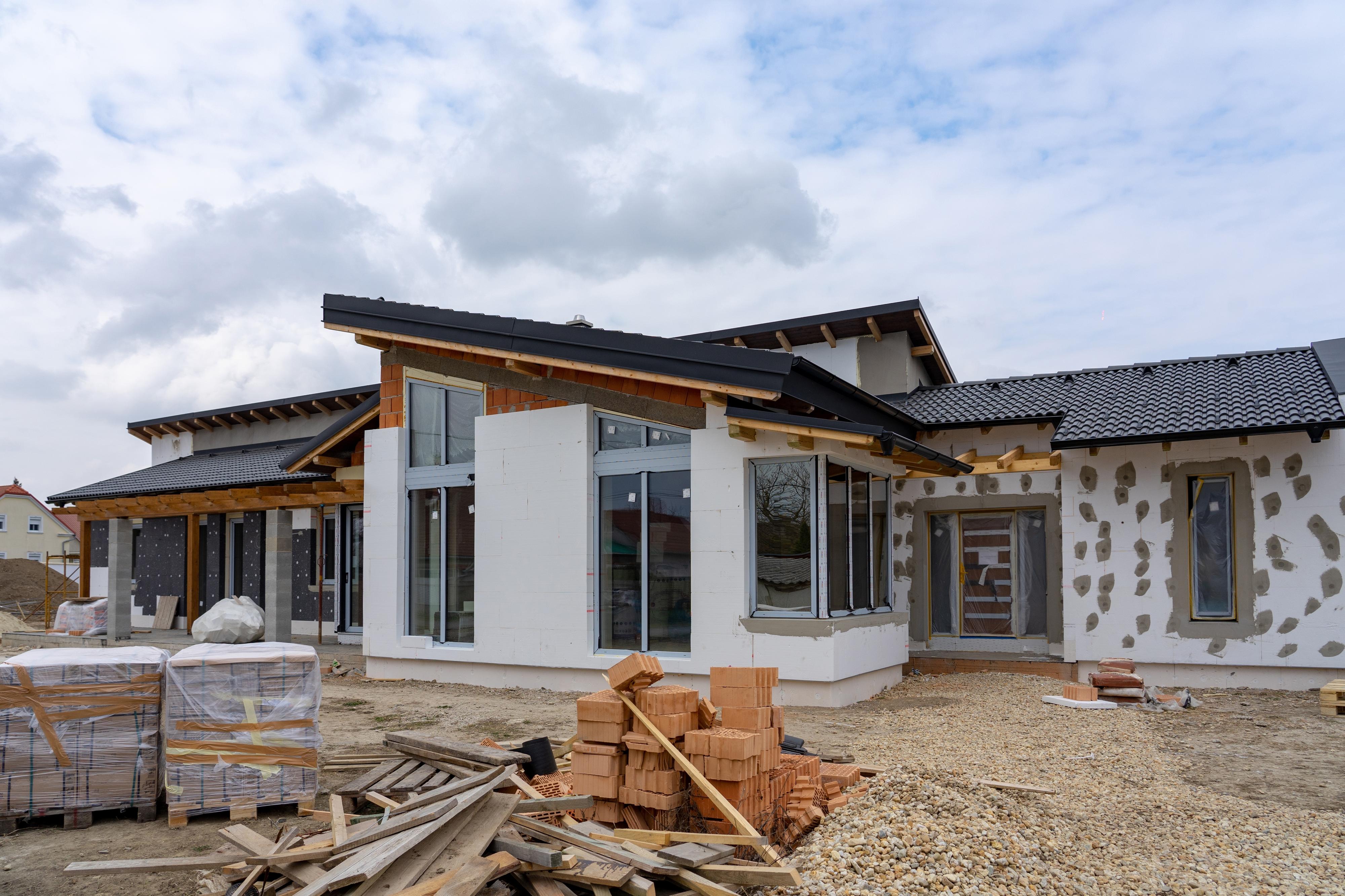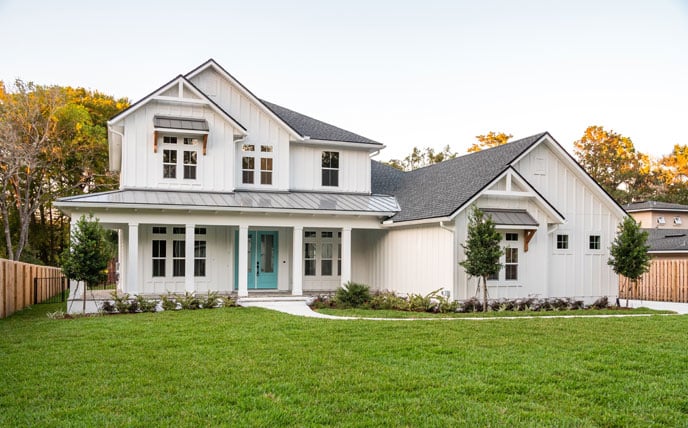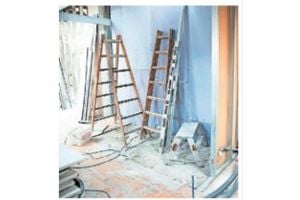
When it comes to building your dream home, the size and design are crucial factors that significantly influence construction costs
For many Ugandans, homeownership represents not only security but a lifelong dream. Whether you are building a modest rural home or a luxurious city residence, knowing how much it will cost helps determine when and how that dream becomes a reality. This requires careful planning, budgeting, and flexibility. While the process can be daunting, breaking it down into manageable steps such as purchasing land, selecting a design, sourcing materials, and arranging financing makes the journey to homeownership more attainable.
The cost of building a house in Uganda depends on several factors, such as the size and design of the home, the location, materials used, and labour expenses. Additional factors, including environmental concerns and financing options, also play an important role in determining overall costs. Experts, builders and homeowners who have navigated the process successfully share key aspects that affect the total construction cost.
The land factor
Before even considering construction costs, purchasing land is the first hurdle. Land prices vary significantly depending on the location.
As the real estate market in Uganda continues to evolve, understanding land prices is essential for prospective buyers. Zach Kizito, a land broker operating in Wakiso and Kampala, highlights a key insight: “Land on the outskirts of Kampala is more affordable but often comes with additional infrastructure costs, such as roads and utility access. For many Ugandans building outside the city, this is where significant savings can be found.”
When considering cheaper land options, it’s crucial to budget for these extra expenses, which can sometimes outweigh the initial cost savings. Kizito notes that plots in high-end areas of Kampala, such as Kololo, Nakasero, and Muyenga, can range from Shs500m to over Shs1b. In contrast, land on the outskirts such as like Wakiso, Mukono, and Gayaza—offers more budget-friendly prices, typically ranging from Shs50m to Shs150m for a 50X100ft plot.
Dennis Juuko, a real estate agent, provides further insights on regional variations. In Zirobwe, an acre can be purchased for between Shs15m and Shs30m while in Entebbe, the price skyrockets to around Shs1b per acre. In more rural parts of Uganda, prices can be even more attractive, sometimes dropping as low as Shs10m depending on the location.
Looking west to Fort Portal, the land market in Kagote, a rapidly developing area, also reflects varied pricing. Joseph Asiimwe, a local resident, shares that a 50×100 ft plot currently costs between Shs30m and Shs50m. However, if the plot is located farther from the main road, it might sell for as little as Shs10m to Shs20m, influenced by the buyer’s bargaining power.
When it comes to building your dream home, the size and design are crucial factors that significantly influence construction costs. In Uganda, many homeowners are gravitating towards modest yet modern designs that blend local materials with imported fittings, striking a balance between affordability and elegance.
Jonathan Byaruhanga, a civil engineer, provides valuable insights into the financial aspects of home construction.
“For a standard three-bedroom bungalow, you can expect construction costs to range from Shs120 million to Shs180 million,” he explains.
In contrast, opting for a double-storey home can push costs to Shs300 million or more, especially when high-end finishes are involved. Sustainability is also gaining traction among homeowners, with many now embracing energy-efficient designs. Features such as natural ventilation, solar power systems, and water conservation methods not only contribute to environmental stewardship but can also lead to significant savings on utility bills over time. While these sustainable upgrades may have higher initial costs, they offer long-term financial benefits.
Another important aspect to consider is the cost of architectural services, which typically account for five to seven percent of the total building budget. Hiring a qualified architect is essential, as they play a vital role in bringing your vision to life. Not only do they ensure that your project adheres to building regulations and stays within budget, but they also assist in obtaining the necessary permits from local authorities, making the entire process smoother and more compliant.
Material costs
The landscape of building materials in Uganda has become increasingly dynamic, influenced by global inflation, import costs, and local supply shortages. Essential materials such as cement, sand, gravel, iron sheets, steel, and bricks form the backbone of construction, yet their prices can fluctuate significantly.
Currently, a bag of cement is priced at approximately Shs38,000, while iron sheets for roofing range from Shs50,000 to Shs90,000 each, depending on quality. Interestingly, locally sourced materials, such as bricks, offer a more economical choice bricks produced onsite cost around Shs250 each, compared to Shs400 from suppliers.
As sustainability trends gain momentum, many Ugandans are prioritising eco-friendly materials. Builders are increasingly exploring alternative options to reduce costs and minimise environmental impact. Stabilised soil blocks, for instance, have emerged as a popular choice, potentially cutting material costs by up to 30 percent.
Martha Nakato, who recently completed her home in Gayaza, shares her experience: “We saved a lot by producing our own bricks and working with local suppliers. Prices are high now, but sourcing materials locally really makes a difference.” Her advice emphasizes the importance of thorough planning: “It is a long journey, but with proper planning, you can build a house without overspending. Take your time to research, and do not rush into it.”
With ongoing global economic uncertainties, it is wise for buyers to budget for potential price fluctuations. Certain materials, like tiles, fixtures, and fittings, can significantly drive up costs. As shipping costs for imported materials continue to rise, opting for locally sourced alternatives emerges as a budget-friendly strategy.
Utility connections
When building a home, connecting to essential services like water, electricity, and sewage can add significant costs to your construction budget. For example, connecting to the national electricity grid can range from Shs2m to Shs3m, depending on how close you are to existing power lines.

With the right preparation, you can turn your vision into reality
For homeowners in remote areas where traditional utility connections may not be available, alternative solutions like solar power and boreholes are becoming increasingly popular. Installing solar systems can cost between Shs10m and Shs50m, depending on the size and capacity you need. Meanwhile, drilling a borehole for water access typically costs between Shs6m and Shs12m. With Uganda's growing focus on renewable energy, many new homeowners are opting for solar power. This choice not only helps save on electricity costs over time but also provides energy independence, which is especially valuable in areas prone to frequent power outages.
Environmental and regulatory costs
With growing awareness of climate change, builders are increasingly looking at sustainable construction methods. This includes using eco-friendly materials, rainwater harvesting systems, and solar panels, which can raise the initial cost but ultimately reduce the house's carbon footprint. Furthermore, Uganda's National Environment Management Authority (NEMA) now requires environmental assessments for certain large-scale projects. These assessments add to the overall cost but are crucial for compliance with the country’s environmental laws.
Unforeseen expenses
When it comes to building your home, surprises are bound to happen. “No matter how carefully you plan, unexpected costs are almost inevitable,” says Martha Nakato, a new homeowner. Rising material prices, weather delays, and the need to fix poor-quality work can quickly throw your budget off track.
To prepare for these surprises, it is important to set aside extra funds. Experts suggest adding 10-15 percent to your total budget for unexpected expenses. This way, you can avoid running out of money halfway through your project and keep things on track.
Financing your building
For many future homeowners, paying for a building project upfront can be tough. Construction loans offer a helpful solution, allowing people to borrow money based on their project plans and financial situation.
Interest rates for construction loans usually range from 16 percent to 20 percent per year, so having a solid repayment plan is essential. Most banks require collateral, like the title to the land you are building on, and proof of a stable income to qualify.
John Lwanga, a homeowner in Bweyogerere, shares his experience: “We took out a Shs200m loan, and although it meant making some sacrifices to keep up with the monthly payments, it helped us build quickly.”
His story emphasises the importance of careful financial planning when considering a construction loan. If you are looking at financing options for your dream home, understanding how construction loans work can help you make smart choices.
LABOUR COSTS
Labour is another significant expense when building a home. Skilled labourers such as masons, carpenters, and electricians charge rates that are typically based on the size and complexity of the house. For instance, masons may charge around Shs15,000 to Shs25,000 per day, while electricians and plumbers can demand Shs30,000 to Shs50,000 per day depending on their expertise and the scope of work. Byaruhanga advises homeowners to avoid underpaying labourers in an attempt to save costs.
“Quality labour is essential to the durability of your home. Cutting corners here could lead to higher costs in the future due to repairs. Always ensure you are hiring skilled professionals, even if it costs slightly more.” In some cases, homeowners opt to provide food and accommodation to workers as part of their compensation package, which can help lower labor costs slightly. However, it is vital to ensure that workers are adequately compensated, as poorly paid labour often leads to substandard construction work.




